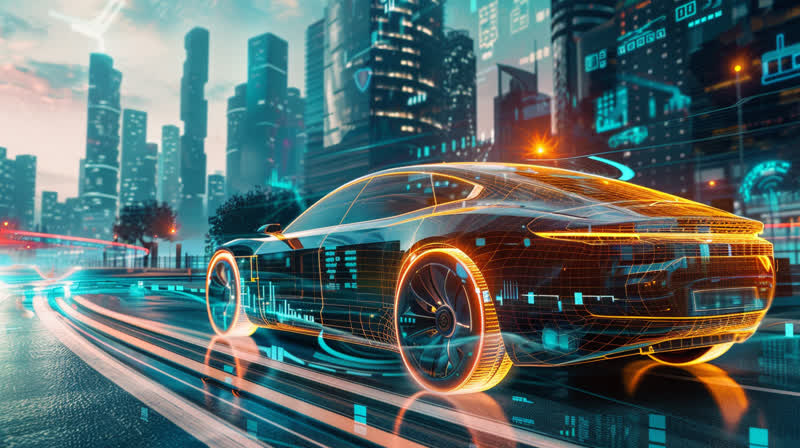Autonomous vehicles, also known as self-driving cars, are revolutionizing the transportation industry. With the integration of advanced technologies such as artificial intelligence (AI), sensors, and cameras, these vehicles are capable of navigating through various environments without human intervention. The future of autonomous vehicles holds immense promise, with potential benefits including enhanced road safety, reduced traffic congestion, and improved transportation efficiency.
Advancements in AI and Sensor Technology
The development of AI algorithms and sensor technologies has been crucial in the evolution of autonomous vehicles. These advancements have enabled self-driving cars to perceive and interpret their surroundings more accurately, making decisions in real-time to ensure safe and efficient travel. The use of 360-degree cameras, LiDAR (Light Detection and Ranging), and other advanced sensors has significantly enhanced the perception capabilities of autonomous vehicles.
Levels of Automation
The Society of Automotive Engineers (SAE) has defined six levels of vehicle driving automation, ranging from Level 0 (no automation) to Level 5 (full automation). Currently, most vehicles on the road are at Level 1 or Level 2, offering partial automation features. The industry is rapidly moving towards Level 3 and Level 4, which will provide conditional and high automation, respectively. The ultimate goal is to achieve Level 5 autonomy, where vehicles can operate without human intervention in all scenarios.
Impact on Transportation and Society
The widespread adoption of autonomous vehicles is expected to have a profound impact on transportation and society as a whole. With the potential to reduce accidents by 90%, autonomous vehicles can significantly improve road safety. Additionally, they can reduce fuel consumption, lower emissions, and increase car utilization, leading to a more efficient and sustainable transportation system.
Challenges and Future Directions
Despite the significant progress made in autonomous vehicle technology, there are still challenges to be addressed. Regulatory approval, public trust, and the ability to handle complex and unpredictable scenarios are some of the key challenges facing the industry. Researchers and engineers are continually working to overcome these challenges and bring self-driving cars into widespread use.
Conclusion
The future of autonomous vehicles is promising and optimistic. With ongoing advancements in AI and sensor technology, these vehicles are poised to transform the transportation industry and have a profound impact on society. As the industry continues to evolve, we can expect to see significant improvements in road safety, efficiency, and sustainability.






